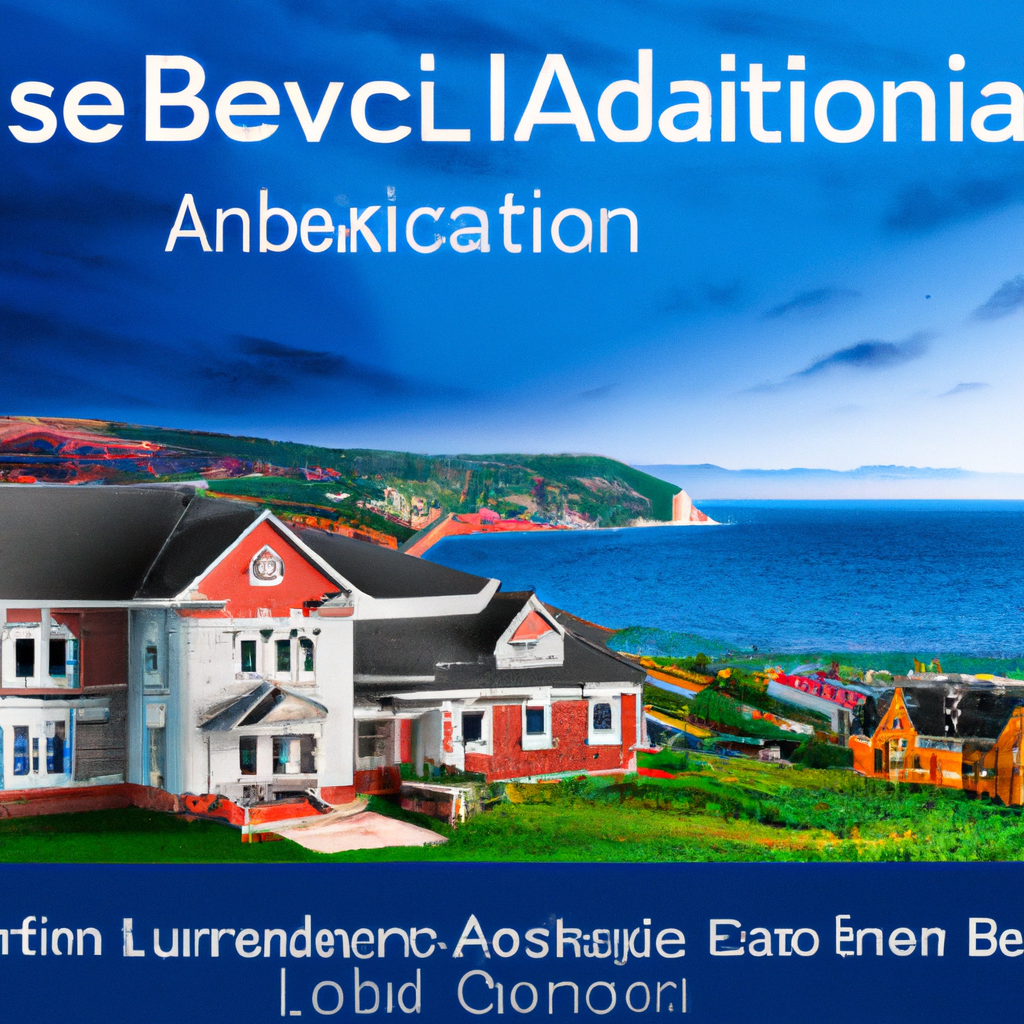Amidst the picturesque landscapes of Nova Scotia, Cape Breton emerges as a beacon of potential for real estate investors. The combination of its vibrant culture, stunning natural environments, and evolving economic landscape make it a compelling choice for those looking to diversify their investment portfolios. Whether you’re considering residential properties, commercial real estate, or unique vacation rentals, Cape Breton offers a variety of opportunities that cater to different investment strategies.
The Appeal of Cape Breton’s Real Estate Market
Cape Breton’s real estate market is characterized by its affordability compared to many other Canadian regions. This affordability factor is a significant draw for investors, particularly those looking to maximize returns on rental properties or develop holiday retreats. The island’s charm, coupled with a growing tourism sector, provides a steady demand for short-term rental properties, which can be lucrative during peak seasons.
Moreover, Cape Breton is experiencing a gradual increase in population, partly due to the rise of remote working arrangements and its appeal to retirees looking for a serene lifestyle. This demographic shift is steadily contributing to the demand for both residential and commercial properties, creating a fertile ground for real estate investments.
Residential Real Estate: A Growing Demand
The residential sector in Cape Breton offers promising prospects, especially in key areas like Sydney, Baddeck, and along the famous Cabot Trail. These areas are not only popular among tourists but are also becoming increasingly sought after by new residents and seasonal dwellers. Investing in homes or apartment buildings in these strategic locations can yield significant rental income and appreciative value over time.
New housing developments and renovations of historic properties are also on the rise, fueled by local and provincial incentives aimed at boosting the housing market and infrastructure. For investors, this means a wide array of investment options from luxury waterfront homes to affordable multi-family units.
Commercial Real Estate: Capitalizing on Economic Growth
On the commercial front, Cape Breton’s economy is diversifying. The traditional industries such as fishing and coal mining are now complemented by growth in sectors like technology, clean energy, and tourism. This economic expansion is driving the need for more commercial spaces, including offices, retail locations, and hospitality venues. For investors, engaging in commercial real estate could not only be profitable but also pivotal in driving the local economy forward.
Vacation Rentals and Tourism-Driven Properties
With Cape Breton’s reputation as a top tourist destination in Canada, particularly noted for its golf courses and scenic drives, vacation rentals offer an attractive investment choice. Properties located near popular attractions such as the Highlands National Park or the Alexander Graham Bell Museum are especially lucrative. The key to success in this niche is choosing properties that offer unique amenities, spectacular views, or access to tourist hotspots.
Investment Strategies and Considerations
When considering an investment in Cape Breton’s real estate, it’s crucial to adopt a strategy that aligns with your long-term financial goals. Whether it’s flipping houses, owning rental properties, or developing commercial spaces, understanding the local market trends and future growth potential is vital. Additionally, working with local real estate experts and advisors who understand the nuances of the Cape Breton market can provide invaluable insights and help mitigate potential risks.
In conclusion, Cape Breton’s real estate market offers diverse opportunities for investors. Its unique blend of natural beauty, cultural richness, and economic growth makes it an attractive location for a variety of real estate investments. With careful planning and local expertise, investors can tap into the potential of this vibrant market, achieving profitable outcomes while contributing to the region’s development.


